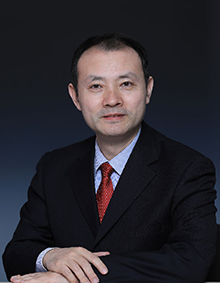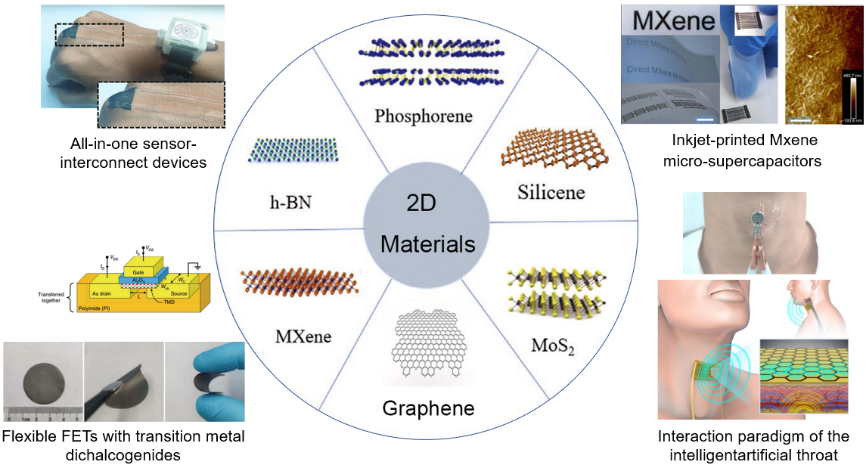17758013020 Chen Chen
-
-
-
17816169069 Jinglin Jian
-
17758013020 Chen Chen
17816169069 Jinglin Jian

Tian-Ling Ren is the Professor at the School of Integrated Circuit, Tsinghua University, China, and he also serves as deputy dean of the School of Information Science and Technology, Tsinghua University. He is the Yangtze River Scholar Professor of Chinese Ministry of Education, and vice director of the Center for Environmental and Health Sensing Technology, Tsinghua University. Prof. Ren has long been committed to the research of novel intelligent micro-nano devices, chips, and systems, including intelligent sensors and integrated systems, 2D electronic devices and chips, flexible and wearable devices and systems. In recent years, he has achieved many important innovations in the field of novel 2D material electronic devices and various advanced devices and chips, such as transistors with the smallest physical gate length in the world, intelligent artificial throat, novel non-volatile memory, graphene-based light-emitting devices with adjustable spectrum, and bionic synaptic devices. He has published more than 750 journal or conference papers, such as Nature, Nature Electronics, Nature Machine Intelligence, Advanced Materials, IEDM, IEEE Journal of Solid-State Circuits, IEEE Transactions on Electron Devices, and he was awarded the Highly Cited Scholar in Mainland China by Elsevier. He is also a co-inventor of more than 70 patents
Flexible and Intelligent Electronics based on Two-Dimensional Materials
Tian-Ling Ren*
* School of Integrated Circuit and Beijing National Research Center for Information Science and Technology (BNRist), Tsinghua University, Beijing, 100084, China (RenTL@tsinghua.edu.cn)
Abstract
With many outstanding characteristics, two-dimensional (2D) materials are suitable for the next-generation electronic device applications. In recent years, flexible electronic devices used for daily health monitoring applications have achieved rapid development due to their advantages in high-quality physiological signal monitoring and suitable for system integration. 2D materials have excellent mechanical and electrical properties, demonstrating significant advantages in flexible devices. In this talk, recent advances in flexible devices using 2D materials for daily physiological signal monitoring are introduced. In addition, the typical multifunctional, highly integrated device systems are shown, which are competent for daily independent work and long-term in situ sensing-processing diagnosis of physiological signals in daily life.

Figure 1: Novel flexiblg devices using 2D materials.
References
[1] Wei. Y et al.: From Materials to Devices: Graphene toward Practical Applications. Small Methods, Vol. 6, No. 10, pp. 2200671, 2022.
[2] Li. D et al.: Lantern-Inspired On-Skin Helical Interconnects for Epidermal Electronic Sensors. Advanced Functional Materials, Vol. 33, No. 18, pp. 2213335, 2023.
[3] Yang. Q. Et al.: Mixed-modality speech recognition and interaction using a wearable artificial throat. Nature Machine Intelligence, Vol. 5, No. 2, pp. 169-180, 2023.